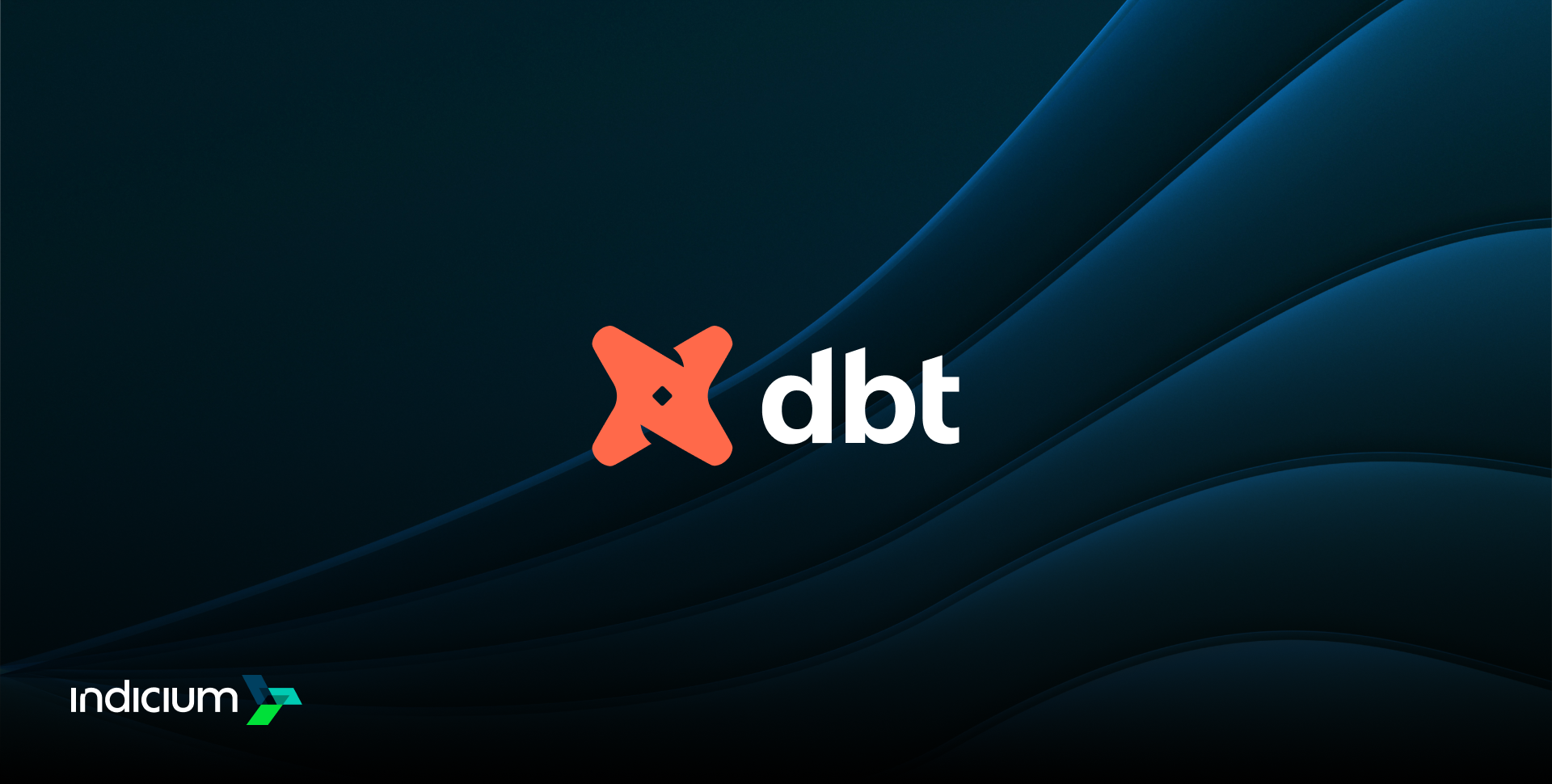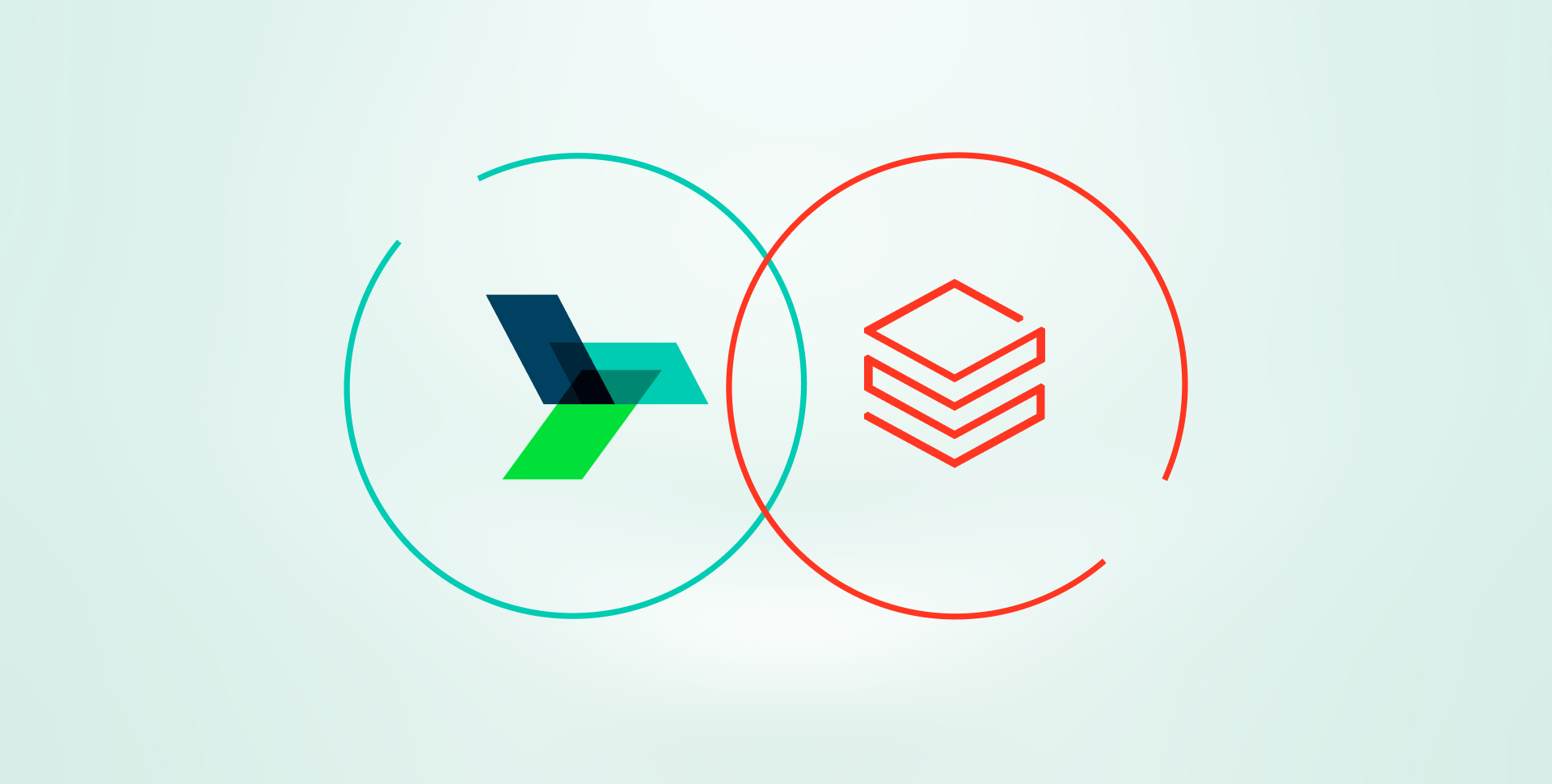
Data + AI Summit 2025: What the Latest Databricks Updates Mean for Execution
-
 Written by
Written by -
CategoryDatabricks - SP
-
Published DateJune 18, 2025
The 2025 Data + AI Summit marked a clear turning point in how Databricks positions its platform. What used to be a collection of best-in-class tools for data engineering and machine learning now forms a unified, AI-native platform for building complete data and AI applications. The product launches, from Lakebase to Agent Bricks, showcase that shift.
Below is a summary of the core announcements and early observations on how these releases could impact how teams build, automate, and govern data products at scale.
1. Lakebase: Real-Time Workloads, Natively Integrated
Lakebase is a fully managed, PostgreSQL-compatible database optimized for real-time analytics and AI-native applications. Built on Neon’s cloud-native architecture, it delivers low-latency, high-throughput performance — all while natively syncing with Delta Lake, Unity Catalog, and Databricks AI/BI tools.
Why this changes execution: Real-time applications such as fraud detection, KYC verification, or dynamic pricing typically require additional infrastructure outside the lakehouse. Lakebase closes that gap. Its integration with Delta Lake, Unity Catalog, and Databricks Apps simplifies operations and tightens governance.
2. Agent Bricks: An Interface for AI Agent Development
Agent Bricks offers a declarative interface to build, optimize, and deploy AI agents. It automates key steps like synthetic data generation, prompt tuning, and evaluation, with tight integration into the Databricks platform.
Why this matters for AI deployment: Agentic AI often demands bespoke work across disconnected tools. Agent Bricks removes that complexity without limiting customization. Teams working on AI copilots or domain-specific assistants reach production faster with multi-agent orchestration and MLflow 3.0 support.
3. Lakeflow and Declarative Pipelines: From Pipeline Code to Pipeline Intent
Lakeflow consolidates data ingestion, transformation, orchestration, and monitoring into a single managed experience. It includes native connectors, control flows, and declarative pipeline authoring. Declarative Pipelines emphasize intent rather than implementation, which significantly cuts engineering effort.
Why does this improve engineering velocity: Data pipelines often introduce technical debt and fragmentation. Declarative paradigms, native orchestration, and AI-assisted tools bring consistency and reuse. This reflects broader momentum toward low-code systems and modular data products.
4. Lakebridge: AI-driven and part of Lakehouse onboarding acceleration
Lakebridge accelerates legacy system modernization by automating up to 80% of the migration process — from code conversion and data validation to legacy assessment and progress tracking — with zero licensing fees.
Built on AI-enhanced technology and embedded within Databricks, Lakebridge enables fast, compliant, low-risk transitions to the Lakehouse architecture.
This accelerates platform integration: Legacy migrations are often the most significant barrier to adoption. Lakebridge eliminates this barrier, allowing organizations to move from mainframes, legacy data warehouses, or on-prem systems without rewriting every pipeline or paying for expensive tooling.
It supports native migrations for risk data platforms, regulatory reporting systems, and customer data architectures, enabling faster Lakehouse adoption with no lock-in and friction.
5. Unity Catalog Metrics: Defining Metrics as Code
With Unity Catalog Metrics, Databricks introduces centralized, YAML-defined business metrics as first-class elements within the platform. Teams can query these metrics directly across BI tools like Looker, Tableau, and Power BI.
This reduces reporting friction: Different teams often use slightly different KPI definitions. Unity Catalog centralizes metric logic with complete lineage and governance, standardizing analytics workflows and accelerating decision-making.
6. AI/BI: AI-Native Interfaces for Business Intelligence
AI/BI unites dashboard interfaces and natural language search to create a conversational analytics experience. Features include drag-and-drop dashboards and AI/BI Genie, a chat-based interface for querying and explanation.
This accelerates insight adoption: BI adoption stays low due to technical barriers. AI/BI lowers the barrier to governed insights, drives usage across business teams, and reduces bottlenecks for central data teams.
7. Databricks Apps: Serverless, Data-Native Applications
Databricks Apps introduce a serverless environment for building and deploying data applications. It supports frameworks like Streamlit and Flask, includes prebuilt templates, and operates within the Databricks governance boundary.
Why this unlocks business value: Many teams fail to turn insights into operational tools. Native app deployment closes the gap between analytics and daily workflows, without leaving the platform.
8. Databricks One: Unified Consumption of Metrics, Apps, and Agents
Databricks One is a centralized interface that brings together dashboards, metrics, copilots, and data apps into a single, governed workspace. Built on top of Unity Catalog, it unifies access, lineage, and usage across business and technical users.
Why this changes execution: It turns fragmented assets into reusable products, reducing friction between data teams and business users. By consolidating metrics, agents, and apps, it enables faster insight consumption, better governance, and a more product-oriented experience.
9. Free Edition: Lowering the Barrier for Data and AI Experimentation
Free Edition offers a no-cost version of the Databricks platform for individual users and small teams to explore data, build pipelines, and test AI workloads with limited compute.
Why this changes execution: It lowers the entry barrier for training, prototyping, and onboarding. Organizations can use it for experimentation, citizen developer enablement, and training programs — accelerating familiarity with Databricks without up-front investment.
A Unified Stack Requires Better Execution
These announcements represent more than feature updates. They define a platform strategy focused on convergence across AI, analytics, and application development. Databricks now offers a unified, AI-powered foundation for teams creating production-grade systems.
For data teams, the goal has shifted. Success now depends on managing systems that reason, adapt, and scale — not just on building pipelines or deploying models. The modern stack moves fast, and execution needs to keep up.
How Indicium Bridges the Last Mile
Databricks has laid the groundwork for intelligent, governed, and automated workflows. But features alone don’t drive value. Execution does.
That’s where Indicium comes in: we prepare the data, governance, and architecture that make these innovations usable. And we build the copilots, pipelines, and products that turn them into results.
Through our IndiMesh AI Migration Agents — including the Assessment Agent, Master Planner Agent, Prompt2Pipeline Agent, and Audit Agent — we help teams move from legacy complexity to AI-ready execution.
Here’s how we connect the dots:
Lakebase: We enable real-time data products — from onboarding flows to fraud detection — built on trusted, AI-ready datasets.
Agent Bricks: We support teams in designing copilots with embedded control points and business logic — enabling use cases like fraud scoring or internal risk reviews, with governance and auditability built in.
Lakeflow + Declarative Pipelines: We enable governed pipeline development with modular design and observability — making workflows easier to scale and maintain.
Unity Catalog Metrics: We apply governance frameworks to define consistent, reusable metrics — aligning teams and accelerating analytics.
AI/BI (Genie): We deliver natural language copilots that bring data to the frontlines — enabling users to ask, act, and decide faster.
Databricks Apps: We help teams turn insights into operational tools — launching governed apps like pricing assistants, 360 dashboards, or service copilots within the Lakehouse.
Lakebridge + Prompt2Pipeline Agent: We use Lakebridge to automate SQL and metadata migration from legacy systems, and the Prompt2Pipeline Agent to convert legacy logic into clean, maintainable workflows on the Lakehouse.
Each accelerator aims to shorten implementation, improve reliability, and help teams deliver value from Databricks faster.
About Indicium
Indicium is a global leader in data and AI services, built to help enterprises solve what matters now and prepare for what comes next. Backed by a 40 million dollar investment and a team of more than 450 certified professionals, we deliver end-to-end solutions across the full data lifecycle. Our proprietary AI-enabled, IndiMesh framework powers every engagement with collective intelligence, proven expertise, and rigorous quality control. Industry leaders like PepsiCo and Bayer trust Indicium to turn complex data challenges into lasting results.

Sirish Peddinti
Stay Connected
Get the latest updates and news delivered straight to your inbox.






